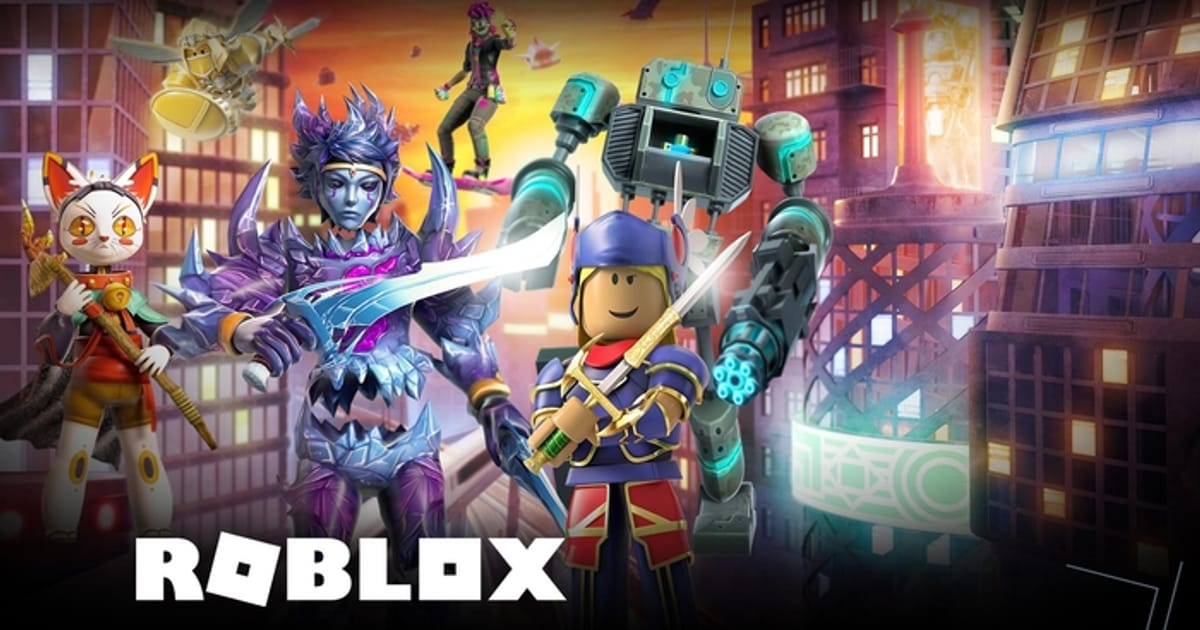
Roblox is a platform that opens up unlimited possibilities for users to create their own games. Its simplicity and functionality allow even beginners to realize their ideas, writes the IZ.com.ua website. In this article, we will consider a detailed step-by-step guide that will help you create your first game in Roblox.
Step 1: Installing Roblox Studio
What is Roblox Studio?
Roblox Studio is the main tool for creating games on the Roblox platform. It allows you to model worlds, program events, and customize gameplay.
How to install Roblox Studio:
- Downloading the platform: Visit the official Roblox website and create an account if you don't already have one.
- Downloading Studio: After logging in to your account, click the “Create” button in the top menu and select “Start Creating”.
- Installation:Download and install Roblox Studio by following the on-screen instructions.
Step 2: Get to Know the Interface
After opening Roblox Studio, you will see an intuitive interface. Key elements:
- Explorer: Displays the hierarchy of objects in the game.
- Properties: Contains settings for each object.
- Toolbox: A library of ready-made models, textures, and scripts.
- Workspace: The workspace where you create your world.
Tip:
Use keyboard shortcuts like Ctrl + Z to undo changes to speed up your work.
Step 3: Create a Base World
- Choosing a Template: Roblox Studio comes with ready-made templates (like Obby, Racing, or Baseplate). Choose a template that fits your game idea.
- Adding Objects: Use the Toolbox to search for and add models. For example, you can add trees, buildings, or cars.
- Editing: Adjust the size, colors, and position of objects using the “Model” tab.
Tip:
Don't add too many objects to avoid overloading the game.
Step 4: Adding Interactivity
To make the game interesting, add interactive elements:
Programming basics:
- Scripts: Use the Lua language to write scripts. For example, to create a button that changes the color of an object: script.Parent.Touched:Connect(function(hit) script.Parent.BrickColor = BrickColor.Random() end)
- Events: Add actions that are triggered when buttons are pressed or a certain point in the game is reached.
Adding NPCs:
Use ready-made NPCs from the Toolbox or create your own using models and scripts.
Step 5: Customize the gameplay
- Creating tasks: Add missions or levels for players to complete.
- Adjusting difficulty: Set obstacles or timers to keep players engaged.
- Scoring:Use variables to create a points or reward system.
Step 6: Test Your Game
Before publishing your game, be sure to test it:
- Test Mode: Click the “Play” button in Roblox Studio.
- Bug Check: Carefully check that everything is working correctly.
- Feedback: Show your game to friends or the community to get feedback.
Step 7: Publish Your Game
- Save Your Game: Click “File” > “Publish to Roblox”.
- Settings: Add a description, choose a genre, and set access (public or private game).
- Advertising: Use Roblox's internal advertising to promote your game.
Step 8: Monetize
To monetize your game:
- Add Game Passes: Special perks for players for Robux.
- Create an internal currency: An additional way to incentivize purchases.
- Use Premium Payouts: Monetize the time users spend in your game.
Tips for beginners
- Start with simple projects and gradually build up your ideas.
- Learn Lua through online courses or lessons in Roblox Studio.
- Involve other users in testing your game.
Creating a game in Roblox is a fun process that allows you to realize your creative ideas and even earn money. By following this guide, you will be able to create your own game that will captivate players and bring you pleasure from the process. Good luck in your first steps in the world of Roblox!
Also read what are the most popular maps in Roblox in 2025.

